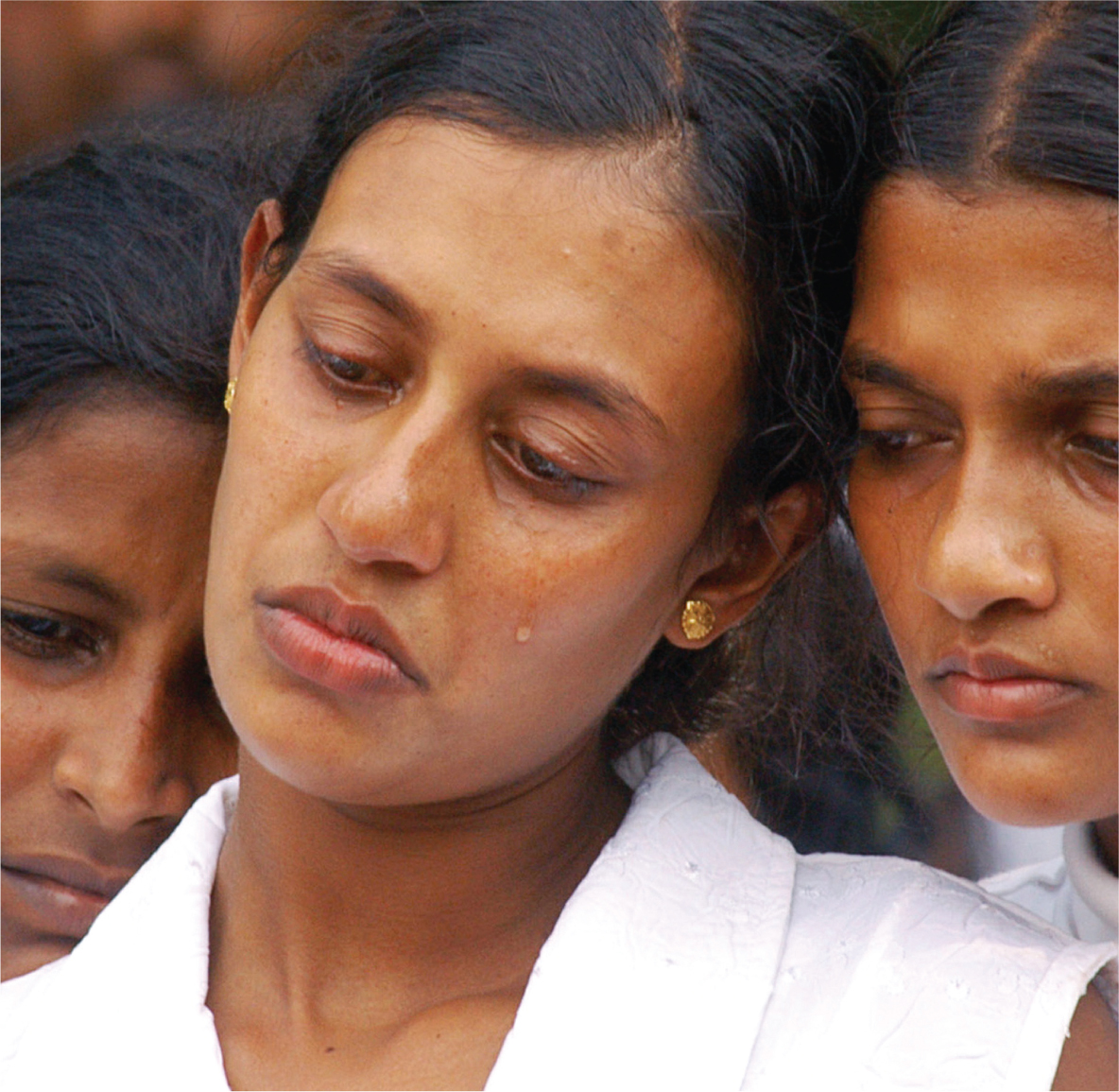564
| EPILOGUE: |
| Death and Dying |

CHAPTER OUTLINE
Death and Hope
Cultures, Epochs, and Death
Understanding Death Throughout the Life Span
Near-
Choices in Dying
A Good Death
Deciding When Death Occurs
OPPOSING PERSPECTIVES: The “Right to Die” or a “Slippery Slope”?
Affirmation of Life
Grief
Mourning
Diversity of Reactions
A VIEW FROM SCIENCE: Making Meaning After a Death
565
WHAT WILL YOU KNOW?
- Why is death a topic of hope, not despair?
- What is the difference between a good death and a bad one?
- How does mourning help with grief?
My husband, Martin, died 10 years ago. The immediate cause was an infection, which was exacerbated by steroids, which helped him breathe and which he needed because he had lung cancer, which occurred because he was a lifelong smoker. I blame both of us—
My search for causes—
—Kathleen Berger
THIS CHAPTER IS ABOUT DEATH. DYING IS A process that begins with personal choices (such as smoking cigarettes) and social contexts (such as the army). Culture is always influential. Blame is irrational; bereavement takes many forms. Foolishness is not unusual. When author Joan Didion’s husband died, she described a “year of magical thinking,” including keeping his shoes in the closet because he would need them if he came back (Didion, 2005).
Thanatology is the study of all this. Perhaps surprisingly, thanatology is neither morbid nor gloomy. Rather, as the three sections of this chapter detail, hope in death, choices in dying, and affirmation of life are the themes of thanatology.